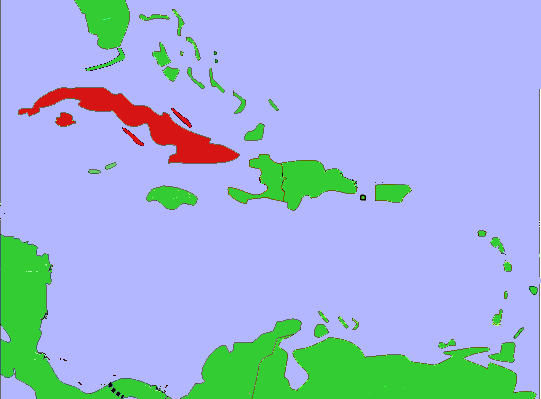
Circle the area on this map

B. Human rights monitors said that up to 50 government opponents were arrested around the time that performance artist Tania Brugugera was detained before she could carry out an open mike performance in Havana’s Revolution Square in which she planned to ask citizens to speak about their visions for the country. Most of the activists were eventually released.
D. As of 2012, there were 1.2 million Cuban Americans in Greater Miami. “A solid majority” of Cuban Americans in Florida under the age of 70 now favor diplomatic relations with Cuba, an annual survey found. Support is strongest among the young, with 90 percent of those 18-to-29 favoring normalization.
C. After the United States helped Cuban rebels in the Spanish-American war, the U.S. demanded right to establish military bases on the island. In 1903, the open-ended lease for the base at Guantanamo was signed. In 1961, Cuba's Bay of Pigs was the site of a failed invasion by anti-Castro exiles who had been organized by the CIA.
A. The U.S. discovered the Soviet Union setting up missile bases in Cuba and blockaded the island to stop further arms shipments. A tense standoff ended when the Soviets agreed to remove missiles from Cuba and the U.S. agreed not to invade the island and secretly remove its missiles from Turkey. The former Soviet Union was comprised of Russia and several now independent nations.